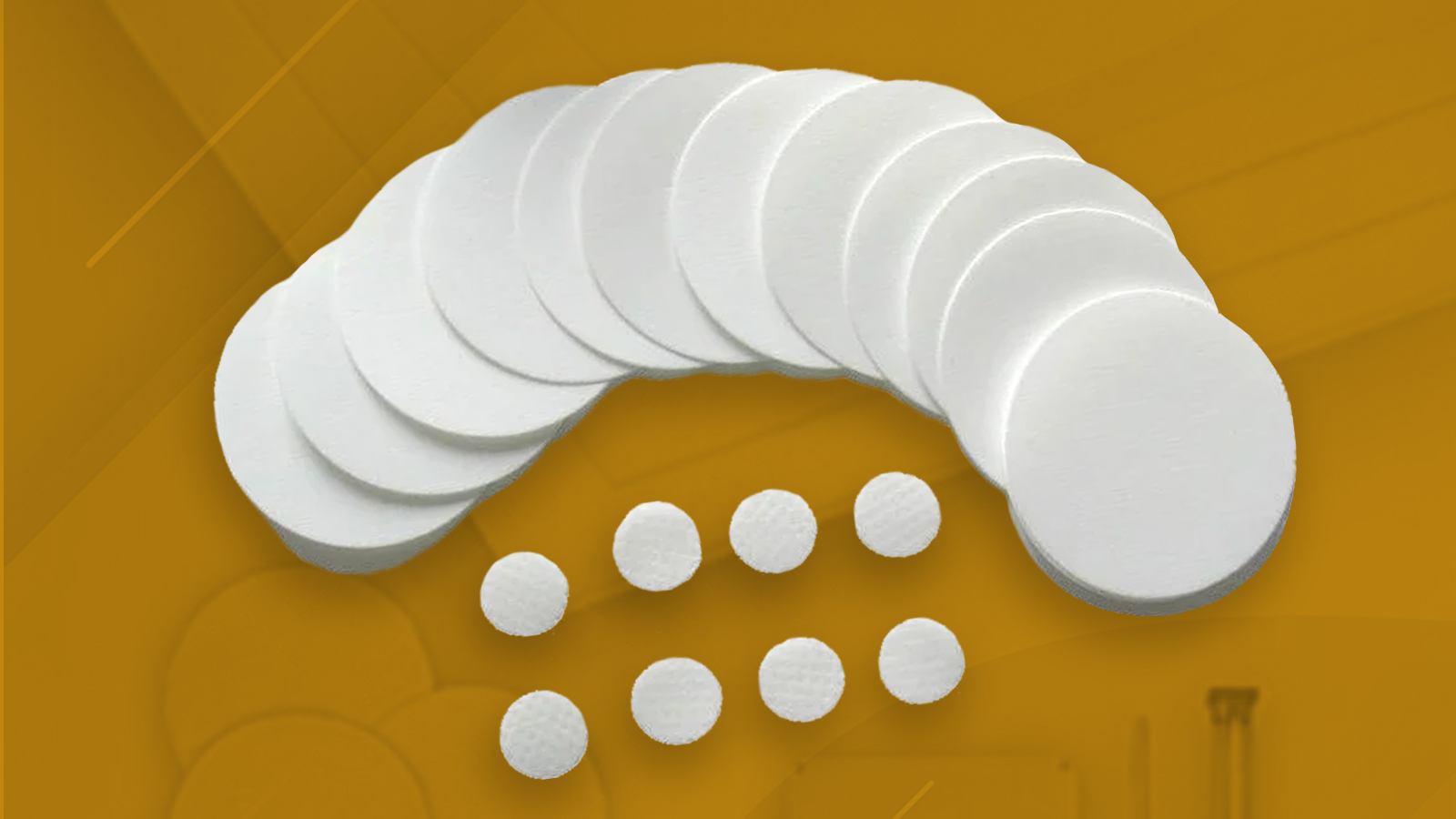
Membranes don’t always perform as expected, but asking the right questions can reduce down time due to troubleshooting. Below are a few common filtration performance challenges and troubleshooting tips.
Observation 1: No Flow
If you are pulling vacuum or applying pressure to the membrane, and not seeing any permeation the issue may be that you are using the separator paper (often blue in color) instead of the membrane. Check the color of the filter (most are white or translucent) to verify if the issue is attributed to the using the non-porous separator paper. This mix up is more common than you might think!
Observation 2: Low Flow Rate
Most published flow rates for membranes are based on water. If your flow rate is much lower than the published rate, consider the liquid you are using in your filter process. If it’s much more viscous compared to water, then you should expect to see a lower rate. Consider increasing the filter surface area to improve particle distribution across the area during filtration, leading to increased throughput.
Observation 3. Leaky Holder
A number of contributing factors may impact the seal of a filter holder to prevent leaking. While most filter holders use the same diameter membrane with the diameter of the holder, this isn’t always the case with smaller diameter filter holders, so check a spec table to confirm that the selected membrane diameter is appropriate for the holder diameter. Additionally, the order in which the holder components and membrane are assembled are important to ensure a seal is created. Lastly, membranes can become oversaturated if they are overused and this can compromise the integrity of the filtration set up. Filters should be changed upon a decrease in flow rate or increase in pressure.
Observation 4: Application Incompatibility
All filters have unique properties, including hydrophilicity, tensile strength, protein binding ability, etc. that make them both attractive or unsuitable for applications. Specification tables and the chemical compatibility chart can help to determine if a membrane just isn’t ideal for a particular application.


![Join Sterlitech at BIO 2024 [Booth #5558]: Exploring the Future of Biotechnology](https://www.sterlitech.com/media/magefan_blog/b4.jpeg)

